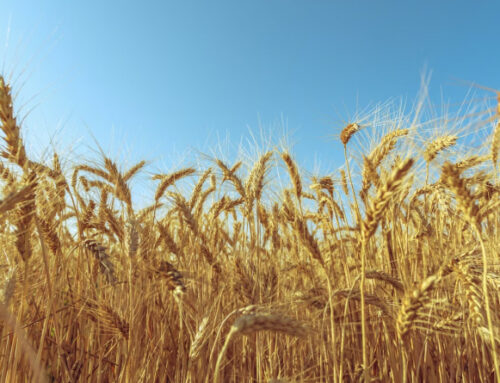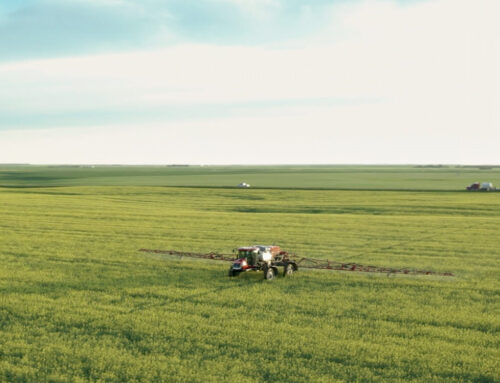How can you Maximize your Return on Investment with Fungicides this year?

The decision to apply fungicide can be complex, and maximizing your return on investment is important. Below are some things to think about when applying fungicides this year
How Can You Determine If A Fungicide Application Makes Sense?
The question of whether it makes sense to apply a fungicide is complicated and making a good decision will depend on many different factors.
There are 3 key factors that determine disease:
Apply fungicide or not? It’s not an easy decision.
Below are some factors to consider, keeping in mind that most fungicides are preventative in nature, which means by the time you see disease it is too late to apply.
- Is there a host crop? Are you growing a crop that is susceptible to disease, such as pulses, cereals or canola?
- Are conditions favorable for disease presence?
- What is the history of disease for that area and crop?
- How likely is it that the disease will be present and is treatable?
- What is the value of the crop?
- What is the potential for crop loss if you do nothing? (yield and quality)
- What is the cost of the product and application?
- Can the product be applied at the correct timing?
What are the economics of fungicide application? Cost vs. benefit.
Think about the factors below to determine if fungicide application is likely to be a good return on investment.
- Crop type – some crops and crop varieties are more susceptible to diseases than others.
- Crop value – the higher the value of the crop the more sense it may make to apply fungicide.
- Yield potential – higher yield potential can provide a bigger payback on your fungicide investment.
- Level of infection – very high levels of infection increases the need for disease control.
- Cost of treatment – purchasing an affordable product that does only what you need can save you money and increase your returns.
- Potential payback – this will be variable from year to year, with recent high crop prices a fungicide application makes more financial sense to increase profits than ever.
Make a smart fungicide purchase decision.
- Once you have decided that fungicide application makes sense this year, figure out which fungicide option makes sense for your farm – higher priced brand names will cost more and may be more than what your crop actually needs.
- What diseases are most common in your area in the past?
- What diseases are forecast to be a concern this year?
- Does the product I am considering control the diseases I expect on my farm?
- What is the cost per acre at the required rate?
- Does the product I am considering have a proven track record for disease control?
Maximize your fungicide performance.
- PLAN AHEAD. Most fungicides are preventative, with some actives having curative properties as well, which means that they need to be applied before disease is present.
- Keep your water volume up. High water volumes are required to penetrate the crop canopy, use at least 10 US gallons/acre, and increase water volume if the canopy is thick.
- Use appropriate nozzles. For example, applications for Fusarium Head Blight perform better with dual-direction nozzles to cover the entire head.
- Higher sprayer pressures may help penetrate thick canopies.
- Closely monitor crop staging. Some diseases have a narrow window of application for maximum efficacy.
- Follow recommended rates. Many fungicides have different rates for different crops, check the product label before you apply.
AgraCity has fungicide options for every acre on your farm this year. Call your local sales rep or an AgraCity agronomist at 1-833-832-7637.









